I think the first thing one should make clear when talking about Chinese tea is that there is no real ceremony involved. I don’t think of gongfu drinking as a ceremony. It’s more like a particular way of preparing the tea, much like, say, drinking espresso is not a ceremony, it’s a kind of coffee. It bothers me to no end when people say yixing pots are part of the Chinese tea ceremony, because I don’t know what that is.
What about those tea brewing performances? Yes, well, those are, of course, some sort of “ceremony”, but I find those things generally very stale and boring, and entirely contrary to the whole purpose of Chinese tea making, which is very singularly focused on the extraction of the best drink possible out of the leaves. Of all the stuff that were written in the past (in Chinese) about tea, I have seen very, very little that has anything really to do with the form of tea making. Rather, it all has to do with the purpose and the result of tea making — how do you get a better cup out of the leaves you’ve got (and in many cases, how do you get better leaves in the first place).
This, I think, is in quite a sharp contrast with the Japanese Chado, which is quite concerned with the aesthetics as well as the actual tea itself. In some ways, I sometimes even feel like Chado has things backwards — sometimes the form and the aesthetics pleasures of performing/participating in the ceremony is much more important than the actual cup that you’re drinking. A lot of attention is paid to the space, the setting, the equipment… all sort of things.
Now, I’m not saying that’s wrong. I’m just saying that’s different. I do think that if one is too concerned about form, the actual tea being made suffers a little. It’s most obvious when I see those tea “performers” making tea with that twist of the elbow or the little “presentation” they do with the pot…. all the while I’m just thinking “if I want to look, I’ll go to a chashitsu and get a lot more out of it”. I just can’t handle the overly stylized Chinese “ceremony”.
That’s not to say, of course, that we should ditch all sorts of aesthetic concerns either. There’s I think a fine balance between form and function, and in the case of Chinese tea, form should follow function (call me Modernist). I believe that one should make one’s tea making space as comfortable and beautiful as one would allow, but the beauty or decorations or whatever should not get in the way (not too much anyway) of the tea making.
I’m currently debating whether or not to ditch the tea tray I use to collect waste water, and switch instead to a wooden tray with a bowl to hold any runoff for the pot. The downside is, I need to have another place to dump the water, eventually — basically after every infusion, but it does also mean that there will be water sitting under the pot while I’m brewing, which might not be a bad thing. The upside, of course, is that it’ll be prettier, and I’ll also have more room to do things, instead of feeling constrained by the tray right now. Which leads me to an entirely opposite position — the environment we make our tea in greatly affects us, as the Japanese have obviously figured out. If the place is right, the tea will feel better, even if, objectively, it’s not. I still think form should follow function, but maybe if something is too function, it loses its magic.






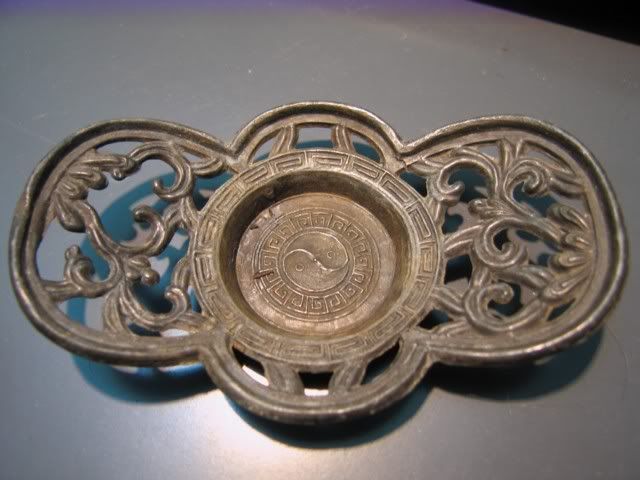
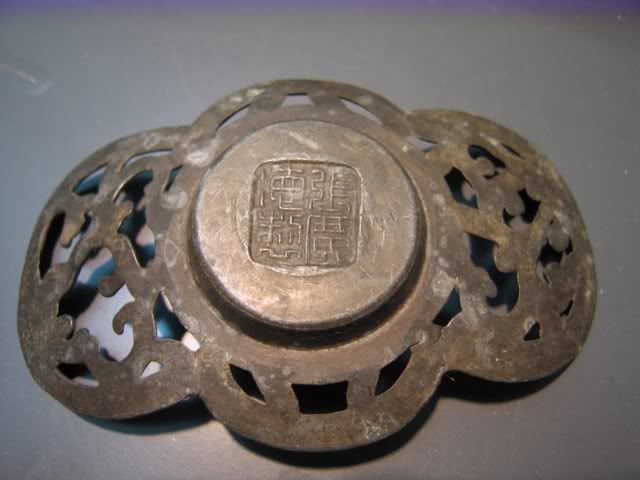
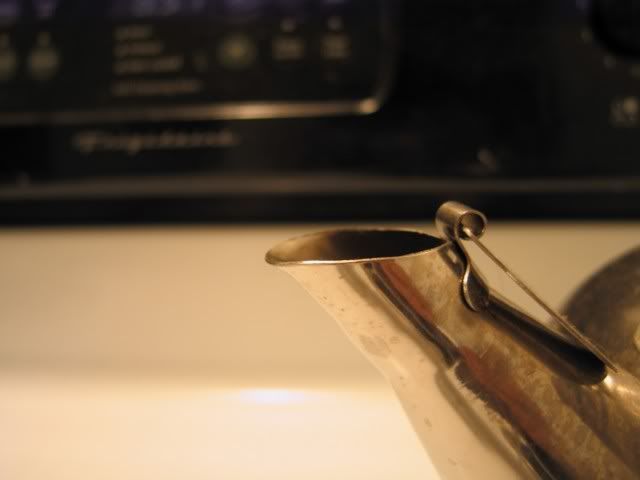
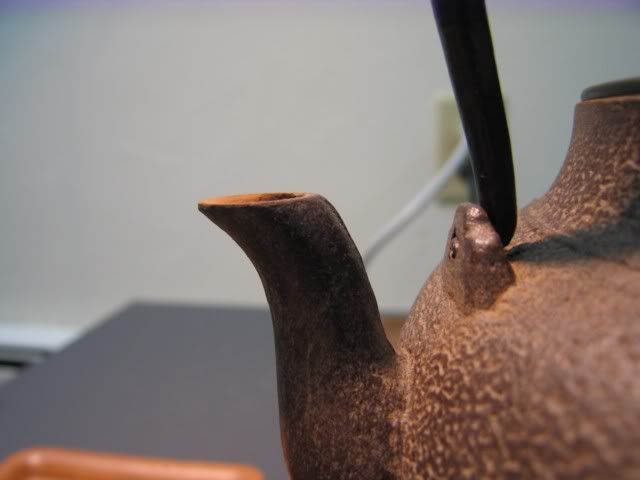
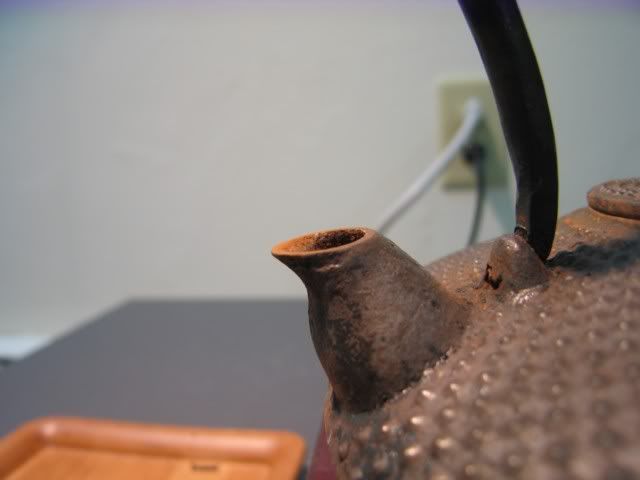
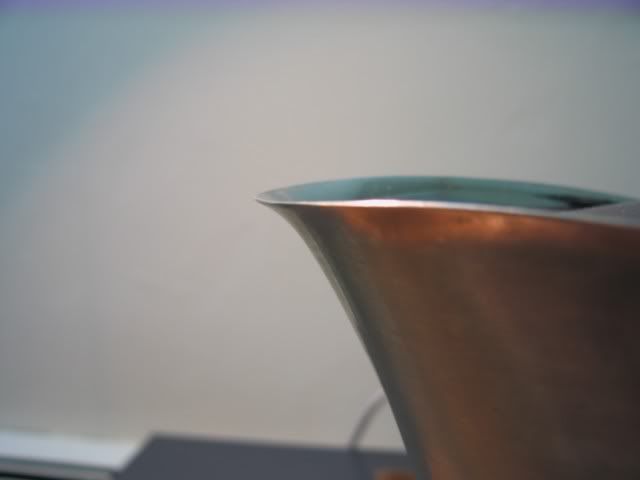
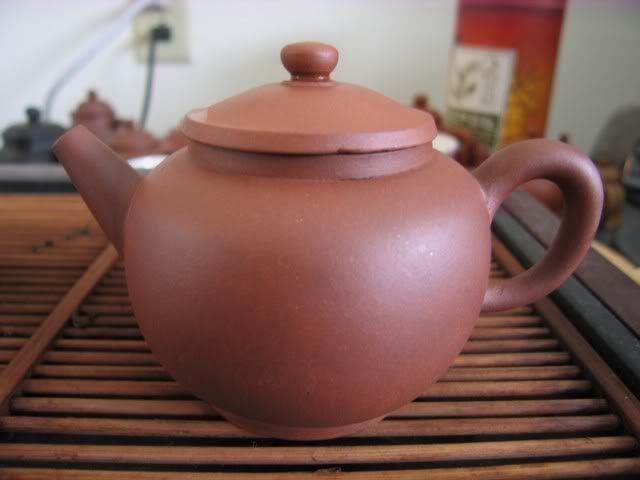

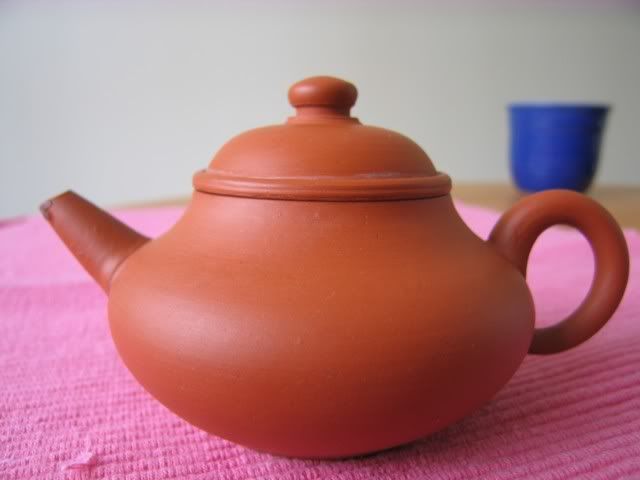
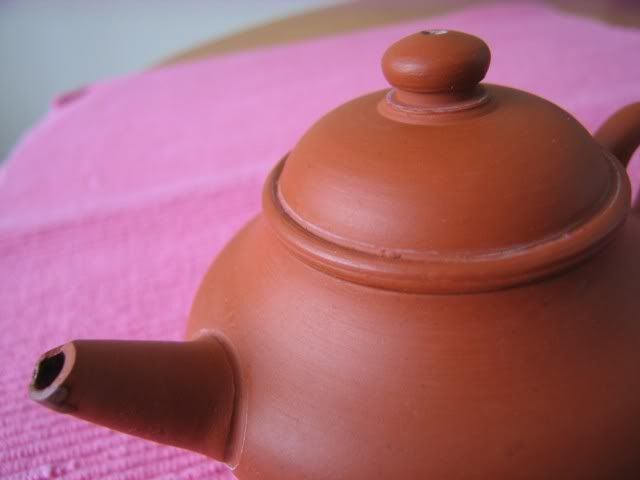
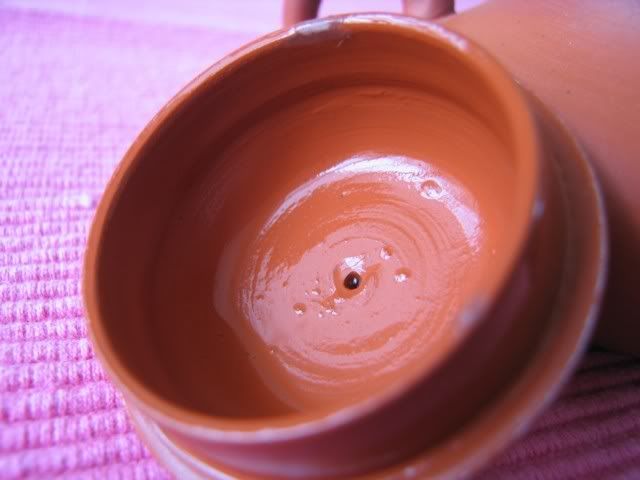
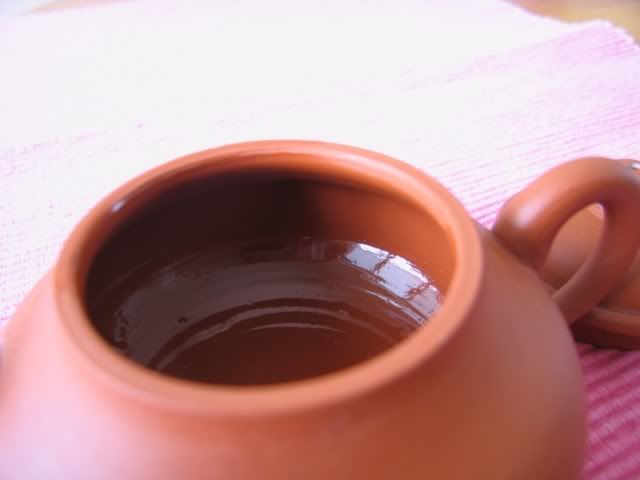
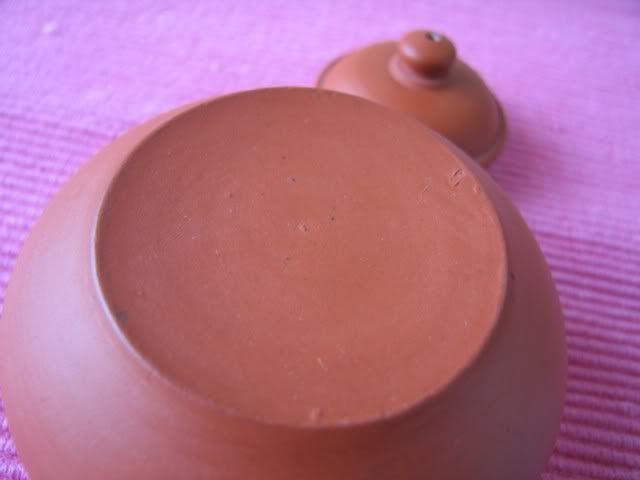


Yeah whisky prices have been leaking too, as well as luxury watches. I wrote a post maybe a decade ago…